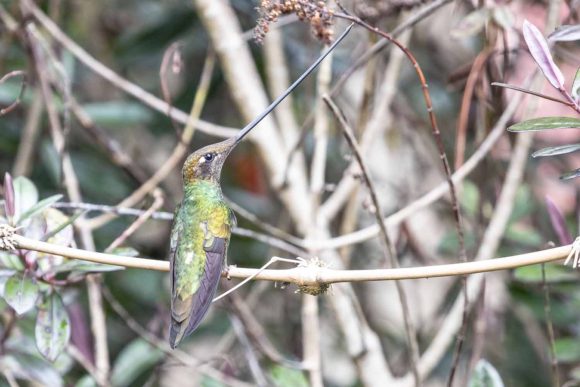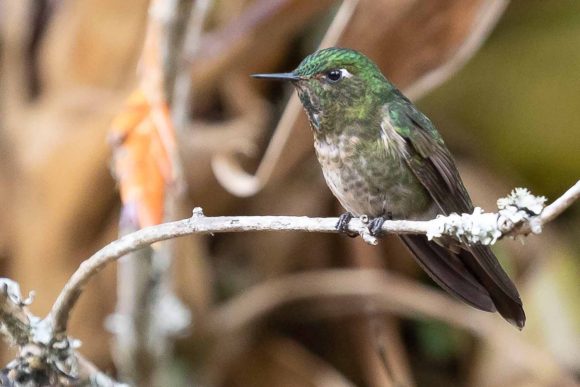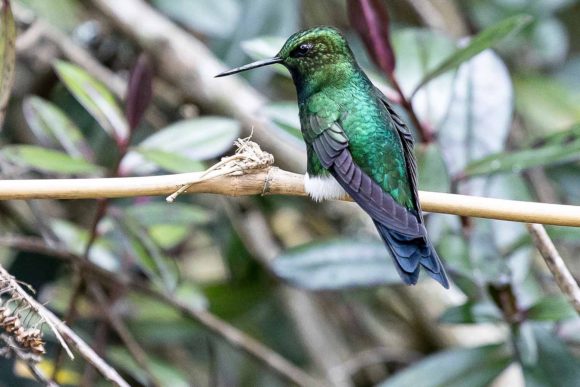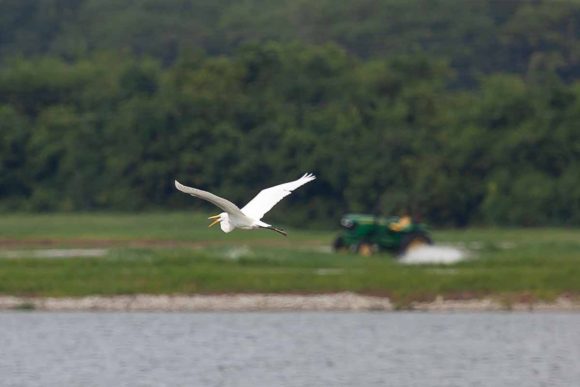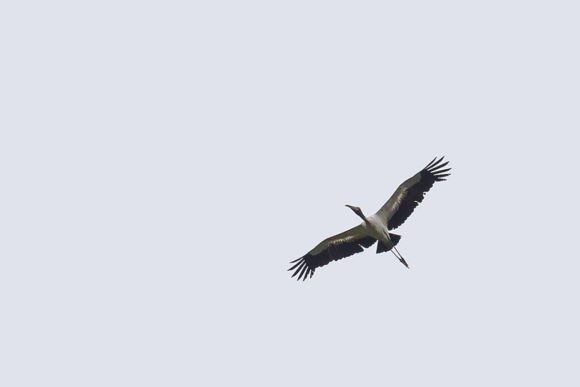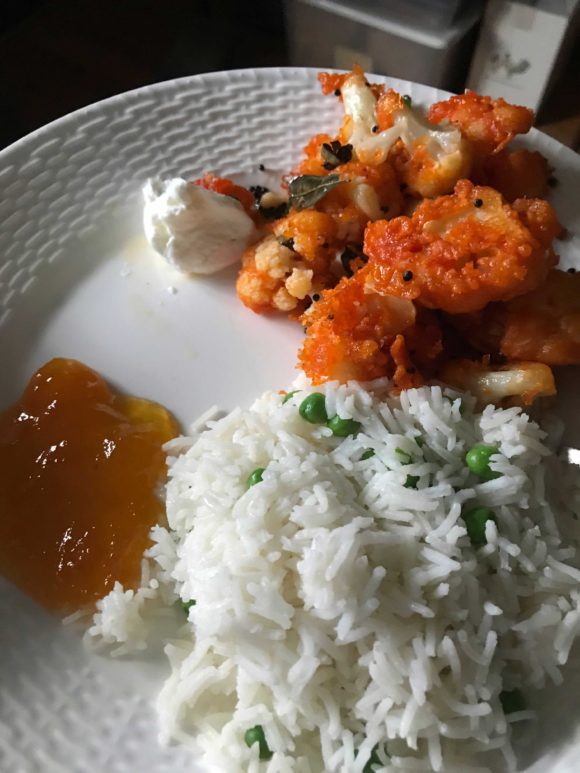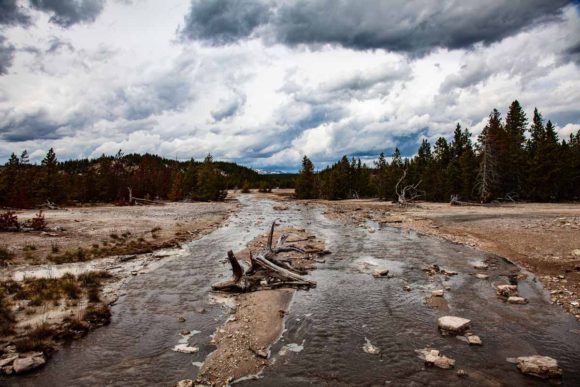Wow! So many birds. In the two half day trips I was able to participate in during our board meeting in Bogota, Colombia, I managed to see 50 new species of birds! Amazing stuff! Lots of discussion of hemispheric work, the importance of habitat, etc. We discussed the importance of bird tourism to bringing people to the table and the fact that it, by itself, will never do enough to protect the birds we love or create a strong enough economy to protect the people. (It DOES make a difference, but isn’t enough to fix the issues.)
The joys of backyard birding
The joys of having a backyard bird bath! This Cooper’s Hawk is welcome by us, but not so much by our usual bird feeder and bird bath visitors.
Black Belt Birding with Audubon
What an amazing trip to Hale County Black Belt Birding Tour with Birmingham Audubon. I can’t help but say glowing things about all the hard work and love that Audubon put into making this trip a reality. I’m so proud of all the hard work that everyone on staff put into this! Thanks to Ansel Payne, Chris Oberholster, Sarah Randolph, Lianne Koczur,Alliemarie Humphries, Emma Rhodes, Jason Ward, J. Drew Lanham (hope you get to see those Loggerhead Shrikes this morning!) for all the amazing work! Thanks to the great board, now led by Lori Oswald!!!! who came on the trip and those who didn’t but are always so supportive of Audubon.
Thanks to National Audubon Society for the amazing support–as always. I just can’t say enough about how proud I am about this group and all that is being accomplished.
This is great stuff, y’all! Great work! For every hour of fun, the staff and volunteers put in countless hours to make sure everything went off so perfectly. The weather and the birds cooperated pretty nicely too!
Birding in the Black Belt
The first time I took my wife to visit my family home in southwest Alabama, she said it felt like traveling back in time just driving down the road. Spring had brought the deep greens of the fields, the thick leaves of deciduous oaks and the evergreen needles of pines alive with color. Historic homes had their windows thrown open to let the soft breezes blow through. Flowers were everywhere, from natives to the ever-present daffodils scattered around old home places.

As beautiful as spring is, though, late summer brings the Swallow-tailed Kites and Scissor-tailed Flycatchers to feast on insects. Prehistoric-looking Wood Storks invade the multitude of catfish ponds to picnic on fish. From a birder’s perspective, that’s the real magic of the Black Belt. Yes, it is hot as fire. Just thinking about the humidity is enough to make me break into a sweat. But the birds, the birds. They are magnificent this time of year. And they are everywhere.

Scissor-tailed Flycatchers and Swallow-tailed and Mississippi Kites soar above the open pastures. Painted Buntings, Northern Parula, and Summer Tanagers raise their young in the thick woods. White Ibis, Great and Little Blue Herons, Wood Storks, Great and Snowy Egrets, even occasional Roseate Spoonbills, all feast along the edges of the ponds and rivers. It is a time of blistering heat, but also a profusion of life. There’s a lot of ground to cover, and the temperatures can soar to near 100 degrees coupled with 90% humidity, so much of this trip relies on air-conditioned transportation. Nowhere truly requires an SUV, but a couple of very rutted, barely paved roads (the locally famous Bamberg Road) will leave you feeling satisfied with a little extra clearance from your vehicle. In addition to an air-conditioned vehicle, be sure to pack your favorite mosquito repellent. Give time to immerse yourself in the region: make the Moore-Web-Holmes Plantation in Folsom near Marion your base camp for the trip ($200 per night for the 3 bedroom, 2.5 half bath house with up to 6 guests). The Greek Revival home, built in the 1830’s, is located on over 1000 acres of property, and is 15 minutes from Greensboro, Marion, Newbern, half an hour from Selma and less than an hour from Demopolis.
Food: I’ve been on an Indian Food Kick
Our Trip to the Grand Tetons and Yellowstone National Park
Wow! What a trip. I had never visited Wyoming before. Flying into Jackson Airport, I talked briefly with the person sitting beside me on the airplane. She probably noticed the firm grip I had on the arm rest as the plane bounced through some light turbulence on descent, so felt compelled to help alleviate my stress. “It is usually bumpy coming in and leaving the airport here,” she explained, “because of the surrounding mountain range. You’ll know exactly what I mean when you get out of the plane, and see how close they are!” She was not kidding!
The purpose of the trip west was for my second board meeting as a regional director for the National Audubon Society. Our first meeting was held in Naples, Florida in January. Also a nice location, and we did get a wonderful tour of Corkscrew Swamp, where I saw my first ever Painted Bunting, Limpkin and Roseate Spoonbill. Very exciting!
But Naples doesn’t hold a candle to the beauty of Grand Teton National Park or to the stunning geologic features (and great beauty) of Yellowstone.
We learned about the Greater Sage Grouse conservation efforts–and how they are popular with most of the residents of the states because the methods used to preserve habitat and birds is discussed and decided upon at the local level. We also learned how the plans are being disrupted by the current administration. No surprise there.

Ann was able to come with me. She enjoyed resting in the room, sitting on the balcony (best view from a room I’ve ever had), and participating in the rafting trip down the Snake River–10 miles and the last two miles were COLD!

I went to a Thursday evening dinner, Thursday night regional directors meeting and meetings pretty much all day Friday and Saturday. I’m continually amazed at the genuine brilliance found throughout Audubon staff. Dedication and excellence are words I don’t toss around lightly, but it is there in great depth. The board is equally phenomenal. I’m overwhelmed–still–to be a part of the board, but I’m working hard to find my place and how to contribute in the best way I can.
Friday and Saturday mornings started early with some great bird walks to get us in the mood for our discussions of the day. Never having birded in the West, or at least not in a good while, I managed to get several life birds, including a Green-tailed Towhee. It managed to elude me for a few minutes, but once we saw the first one, I managed to see many more.


















